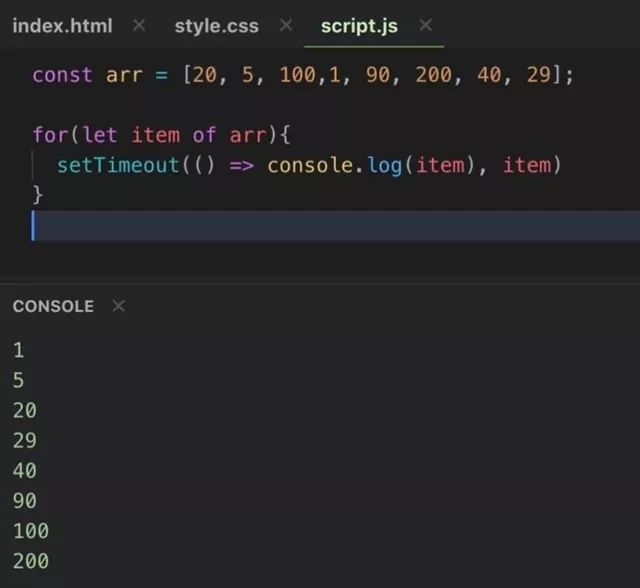Hello everyone, these are some cf-related shower thoughts. I must warn you that some of them weren't thought of in a shower, though. If anyone has any ideas they thought of, I'd be interested to hear them.
Shower thoughts:
Pronouncing Euler incorrectly makes Euler Tour sound much more catchy.
It is easier to get a top 1000 placement in div. 1 than it is in div. 4.
Eggs are one of the most wholesome foods for you because, out of them, a whole chicken can be formed, which is not too dissimilar from a human. So they have all the nutrients you need.
Type 1 diabetics are always quick to mention that they have type 1 diabetes as opposed to type 2 diabetes. So people would rather be seen as genetically cursed than fat.
A big portion of competitive programming teaching talent is not having an Indian accent.
That is all.










